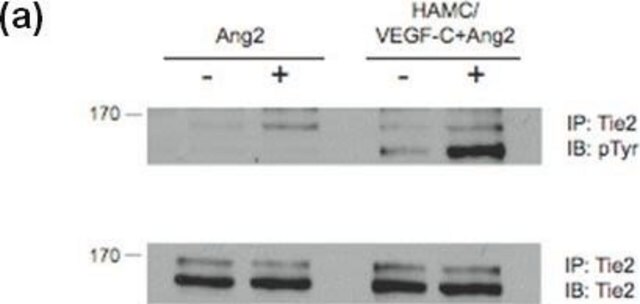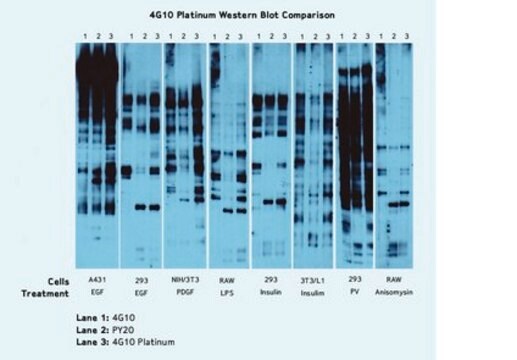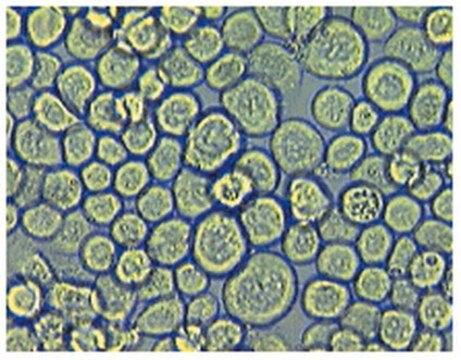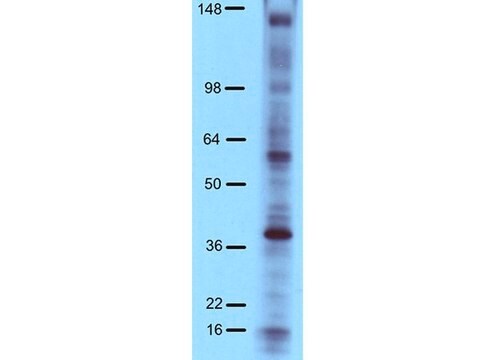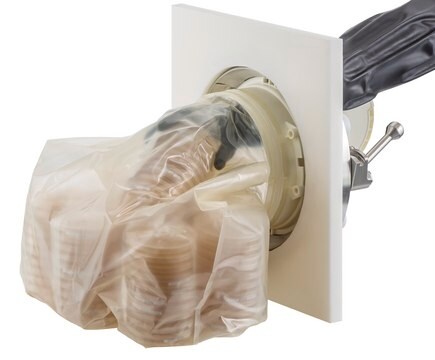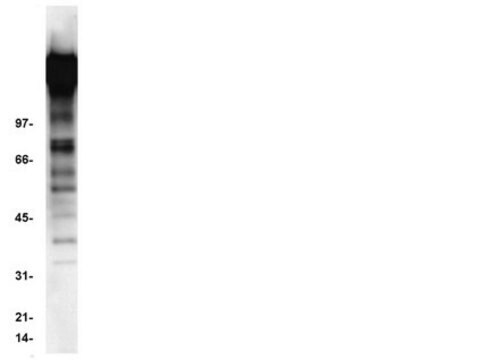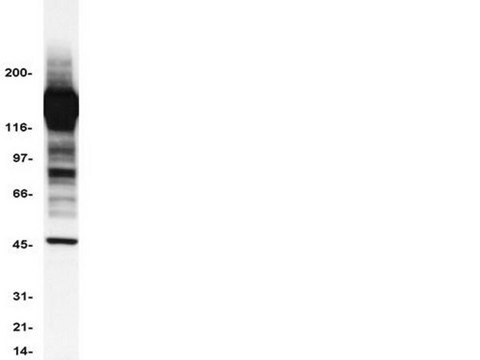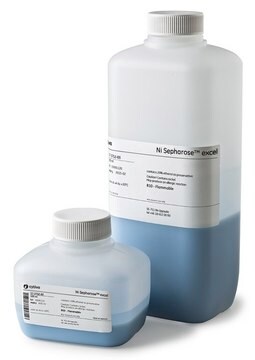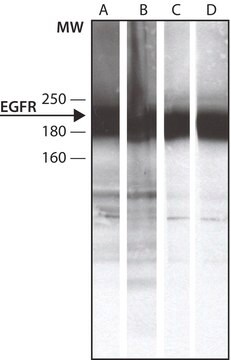16-101
Anti-Phosphotyrosine Antibody, clone 4G10®, agarose conjugate
clone 4G10®, Upstate®, from mouse
Synonyme(s) :
4G10 Phosphotyrosine Antibody, Clone 4G10 Anti-Phosphotyrosine, Phosphotyrosine Detection Antibody
About This Item
Produits recommandés
Source biologique
mouse
Niveau de qualité
Forme d'anticorps
purified antibody
Type de produit anticorps
primary antibodies
Clone
4G10®, monoclonal
Espèces réactives
vertebrates
Fabricant/nom de marque
Upstate®
Technique(s)
immunoprecipitation (IP): suitable
Conditions d'expédition
wet ice
Modification post-traductionnelle de la cible
unmodified
Informations sur le gène
human ... PID1(55022)
Description générale
Spécificité
Immunogène
Application
Signaling
General Post-translation Modification
Suitable for immunoprecipitation and affinity purification.
Caractéristiques et avantages
Qualité
Immunoprecipitation Analysis:
10-50 μL of this antibody immunoprecipitated the EGF receptor and other tyrosine phosphorylated proteins from EGFstimulated A431 cells.
Description de la cible
Forme physique
Stockage et stabilité
Remarque sur l'analyse
Pervanadate-treated human A431 cell extracts, EGF-treated human A431 cells.
Autres remarques
Informations légales
Clause de non-responsabilité
Vous ne trouvez pas le bon produit ?
Essayez notre Outil de sélection de produits.
Code de la classe de stockage
10 - Combustible liquids
Classe de danger pour l'eau (WGK)
WGK 2
Certificats d'analyse (COA)
Recherchez un Certificats d'analyse (COA) en saisissant le numéro de lot du produit. Les numéros de lot figurent sur l'étiquette du produit après les mots "Lot" ou "Batch".
Déjà en possession de ce produit ?
Retrouvez la documentation relative aux produits que vous avez récemment achetés dans la Bibliothèque de documents.
Notre équipe de scientifiques dispose d'une expérience dans tous les secteurs de la recherche, notamment en sciences de la vie, science des matériaux, synthèse chimique, chromatographie, analyse et dans de nombreux autres domaines..
Contacter notre Service technique